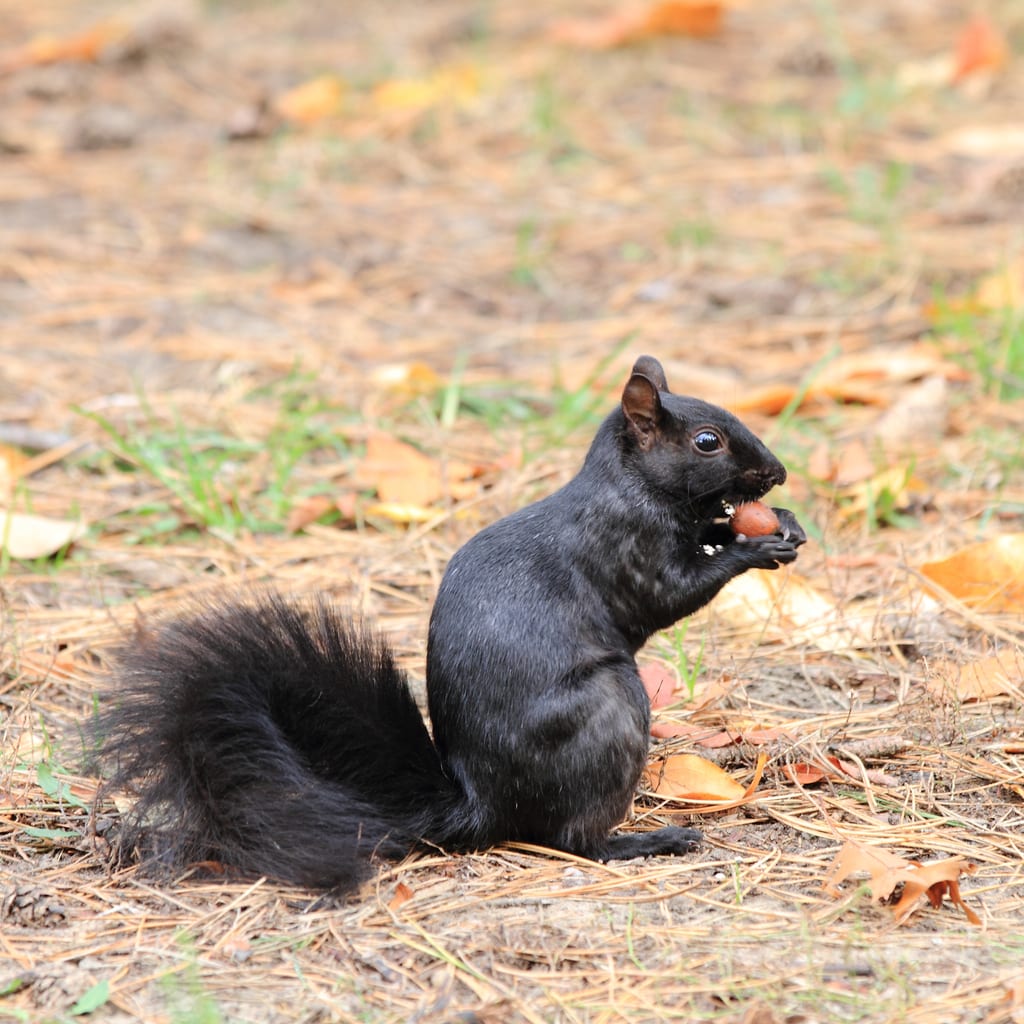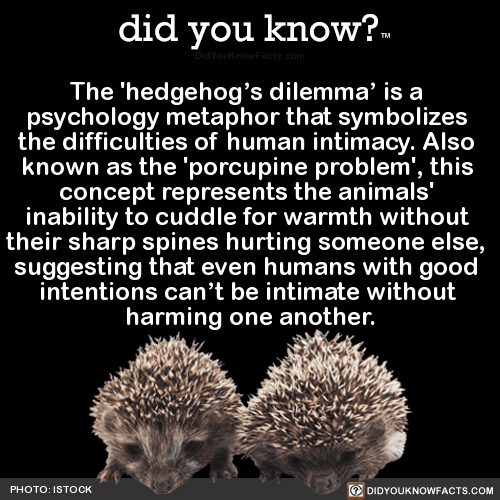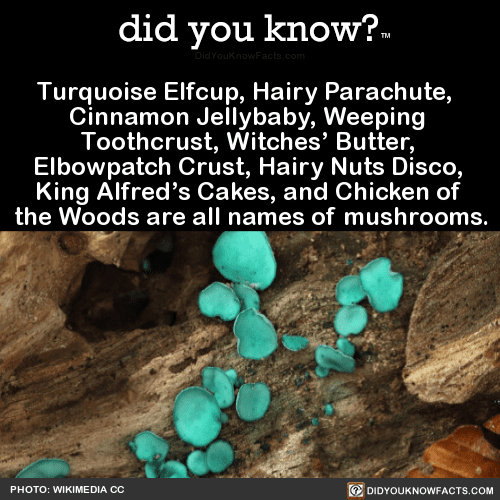Once in a while, videos that go viral in huge ways just can’t be explained. Chalk it up to the right place, the right time, the perfect content. Even if it seems incredibly silly, sometimes it just works.
And that perfectly sums up the funny video that 17-year-old Jade Taylor-Ryan created of her cat, Ed (named after Ed Sheeran).
this is the best tiktok i've ever seen in my entire LIFE pic.twitter.com/h7Q4TVO8qd
— ☆☽ makkochi ☾☆ @ CLASSIC HELL (@_glittergoth) August 16, 2019
Taylor-Ryan set her 12-second video to the 1954 song “Mr. Sandman” by The Chordettes and it features Ed the cat clapping his paws, looking into the camera, and doing a little dance to the tune. She said she was inspired after seeing another person use the nine-camera filter on TikTok.
“I put my phone on the floor and set a timer on it so I didn’t have to use my hands to film. I then timed when my cat would pop up in the frame based on the beat of the music.”
As of this writing, the video has 1.8 million likes on TikTok, and the hype bled over onto Twitter as well.
— Jorge Ramírez (@chillaxmachine) August 17, 2019
Because IT IS PERFECT!
— Adrian
(@MemeAndTea) August 17, 2019
After the success of Taylor-Ryan’s video, other folks were inspired to make their own similar clips with their own feline friends.
recreation pic.twitter.com/Ttv2nZerCC
— mila (@milavavan) August 17, 2019
Almost there…
My baby Cleo pic.twitter.com/kFpM2Za2So
— me, myself & snoop (@zagawd) August 18, 2019
Not quite…
I tried pic.twitter.com/E0OKOZ2d3p
— Nadiya (@nadiye) August 17, 2019
The lesson here: if you get a little bit of inspiration, even if it seems pretty silly, just GO WITH IT. You never know when you (and your pet) might become a viral sensation.
The post A Teenager Made a Tiktok Video of Her Cat and It Went Mega-Viral appeared first on UberFacts.


 #соединённыештатыамерики
#соединённыештатыамерики
 #tokyo #japan #imperialpalacetokyo
#tokyo #japan #imperialpalacetokyo









 PENGUIN OF THE MONTH – FEBRUARY
PENGUIN OF THE MONTH – FEBRUARY 

 (@adafrobinson)
(@adafrobinson)  Holly P
Holly P (@unsecretcrush)
(@unsecretcrush)  . Il Leucochloridium paradoxum, è un platelminta parassita della famiglia Succineidae. . Come svolge il suo ciclo? . Il ciclo inizia quando un uccello dell’ordine Passeriformes ingerisce le metacercarie (lo stadio larvale presente nello sporociste) che, una volta giunte nell’intestino, si sviluppano e depongono le uova. . Queste vengono quindi disperse nell’ambiente dall’uccello assieme alle feci. . A questo punto la chiocciola mangia le uova assieme all’erba e agli escrementi e, dopo aver passato il digerente dell’invertebrato, esse si schiudono nel suo intestino. . La fase successiva prevede la migrazione delle larve attraverso il corpo della chiocciola fino all’epatopancreas, la ghiandola più importante dell’apparato digerente della nostra Succineidae, che svolge sia una funzione di assorbimento, sia una funzione di secrezione di enzimi digestivi. Ed è proprio in questa ghiandola che le larve si sviluppano in sporocisti, lo stadio che sarà ingerito dall’uccello. . Ed è in questo passaggio che riscontriamo la particolarità di L. paradoxum: la sporociste, che ha una forma allungata, si colora all’estremità di tinte bianche e verdi a strisce e dall’epatopancreas si sposta nei tentacoli oculari della chiocciola, con una particolare predilezione per il lato sinistro (ancora non è noto il perché) e inizia quindi a “pulsare” (solo di giorno, di notte resta immobile) facendo si che la chiocciola non riesca più a ritrarli. . La presenza dello sporociste nei tentacolari oculari fa si che la chiocciola non riesca più (o comunque fatichi molto) a “vedere” la differenza tra giorno e notte, facendola così vagare per zone molto illuminate anche quando normalmente non lo farebbe. Ed è in questo modo, unito al movimento pulsante e ai colori brillanti, che il parassita si fa notare dagli uccelli e può quindi chiudere il ciclo. . Credits: @microbiologiaitalia , Gilles San Martin . #chiocciola #lumaca #parassita #Leucochloridiumparadoxum #worm #snail #microbiologia #scienza #parassitismo #biologia #natura #verme #parasite #elicicoltura #snailfarming #ilcontadinosmart
. Il Leucochloridium paradoxum, è un platelminta parassita della famiglia Succineidae. . Come svolge il suo ciclo? . Il ciclo inizia quando un uccello dell’ordine Passeriformes ingerisce le metacercarie (lo stadio larvale presente nello sporociste) che, una volta giunte nell’intestino, si sviluppano e depongono le uova. . Queste vengono quindi disperse nell’ambiente dall’uccello assieme alle feci. . A questo punto la chiocciola mangia le uova assieme all’erba e agli escrementi e, dopo aver passato il digerente dell’invertebrato, esse si schiudono nel suo intestino. . La fase successiva prevede la migrazione delle larve attraverso il corpo della chiocciola fino all’epatopancreas, la ghiandola più importante dell’apparato digerente della nostra Succineidae, che svolge sia una funzione di assorbimento, sia una funzione di secrezione di enzimi digestivi. Ed è proprio in questa ghiandola che le larve si sviluppano in sporocisti, lo stadio che sarà ingerito dall’uccello. . Ed è in questo passaggio che riscontriamo la particolarità di L. paradoxum: la sporociste, che ha una forma allungata, si colora all’estremità di tinte bianche e verdi a strisce e dall’epatopancreas si sposta nei tentacoli oculari della chiocciola, con una particolare predilezione per il lato sinistro (ancora non è noto il perché) e inizia quindi a “pulsare” (solo di giorno, di notte resta immobile) facendo si che la chiocciola non riesca più a ritrarli. . La presenza dello sporociste nei tentacolari oculari fa si che la chiocciola non riesca più (o comunque fatichi molto) a “vedere” la differenza tra giorno e notte, facendola così vagare per zone molto illuminate anche quando normalmente non lo farebbe. Ed è in questo modo, unito al movimento pulsante e ai colori brillanti, che il parassita si fa notare dagli uccelli e può quindi chiudere il ciclo. . Credits: @microbiologiaitalia , Gilles San Martin . #chiocciola #lumaca #parassita #Leucochloridiumparadoxum #worm #snail #microbiologia #scienza #parassitismo #biologia #natura #verme #parasite #elicicoltura #snailfarming #ilcontadinosmart
 #улитка #паразит #червь #лейкохлоридийпарадоксальный #биология #природа #макро #snail #parasite #worm #leucochloridiumparadoxum #biology #nature #macro
#улитка #паразит #червь #лейкохлоридийпарадоксальный #биология #природа #макро #snail #parasite #worm #leucochloridiumparadoxum #biology #nature #macro
 : EPA-EFE
: EPA-EFE
